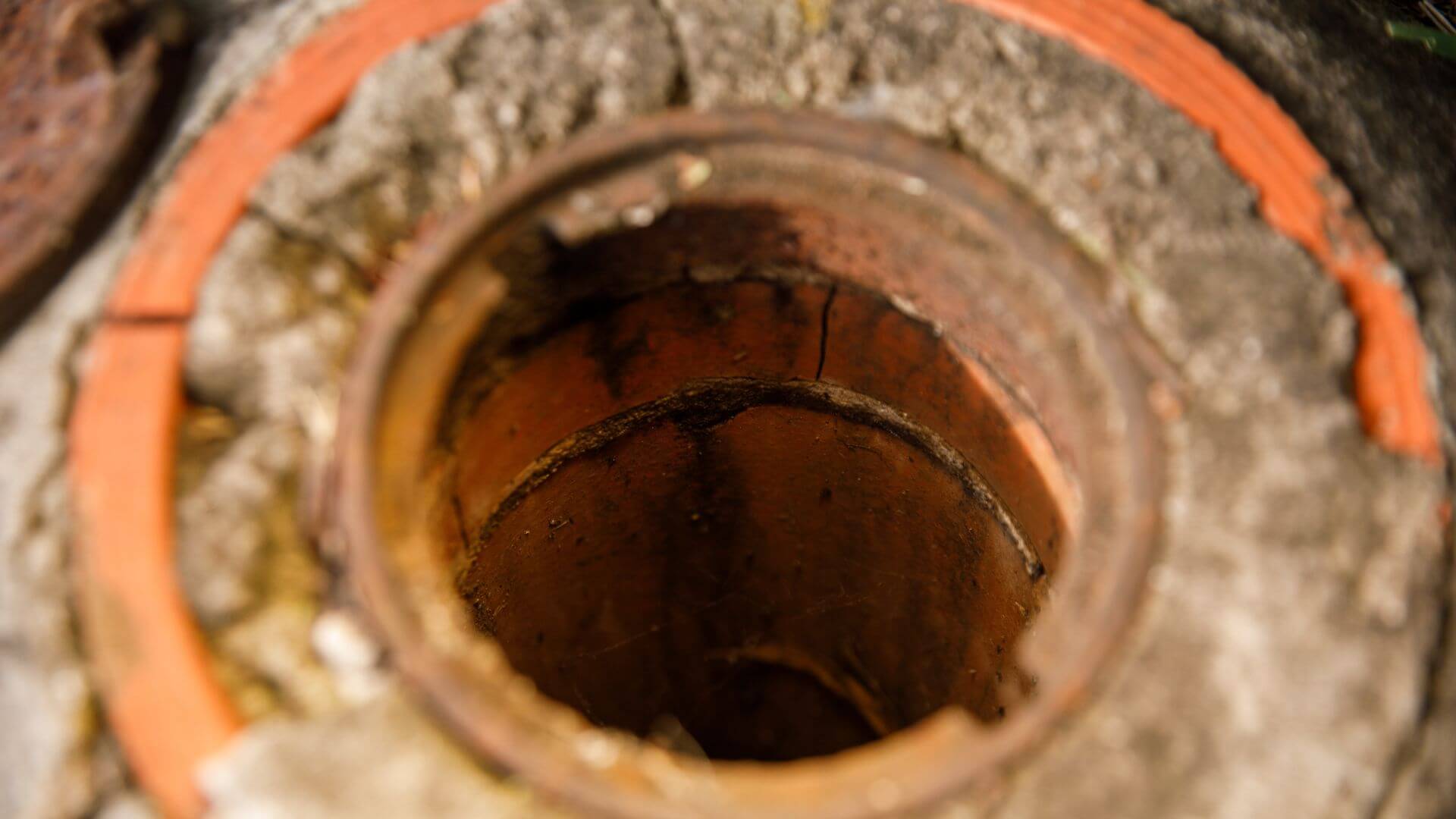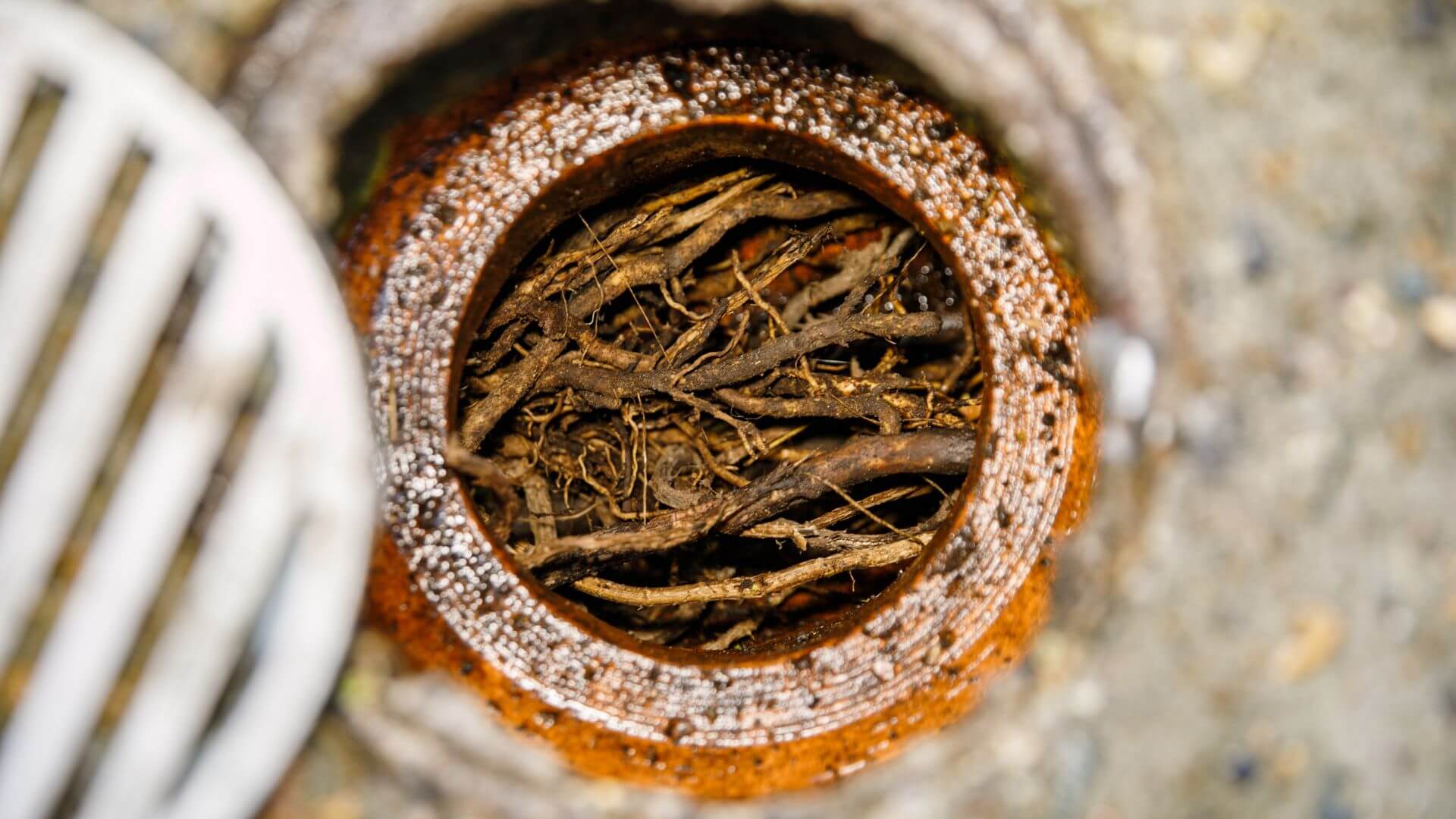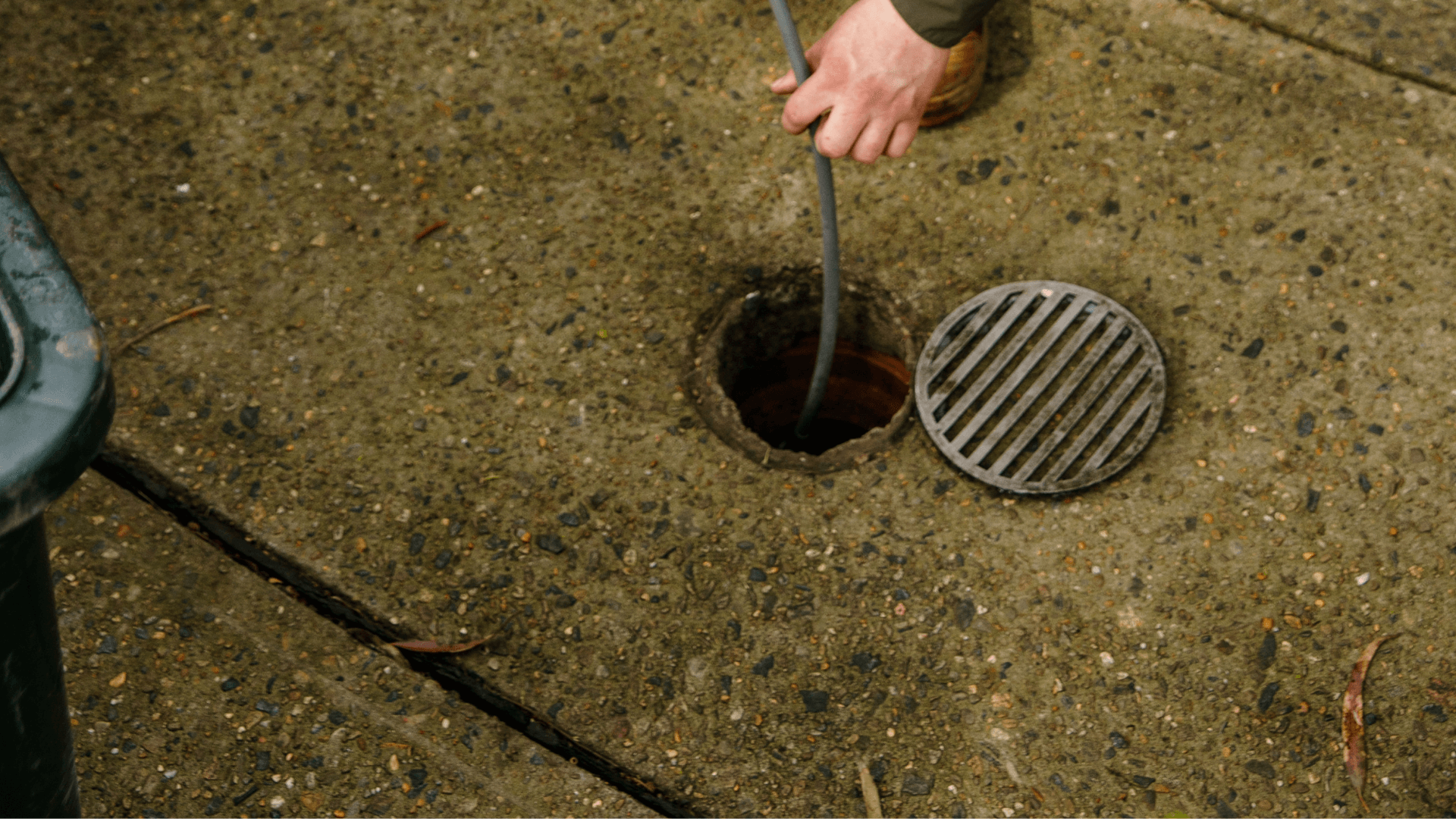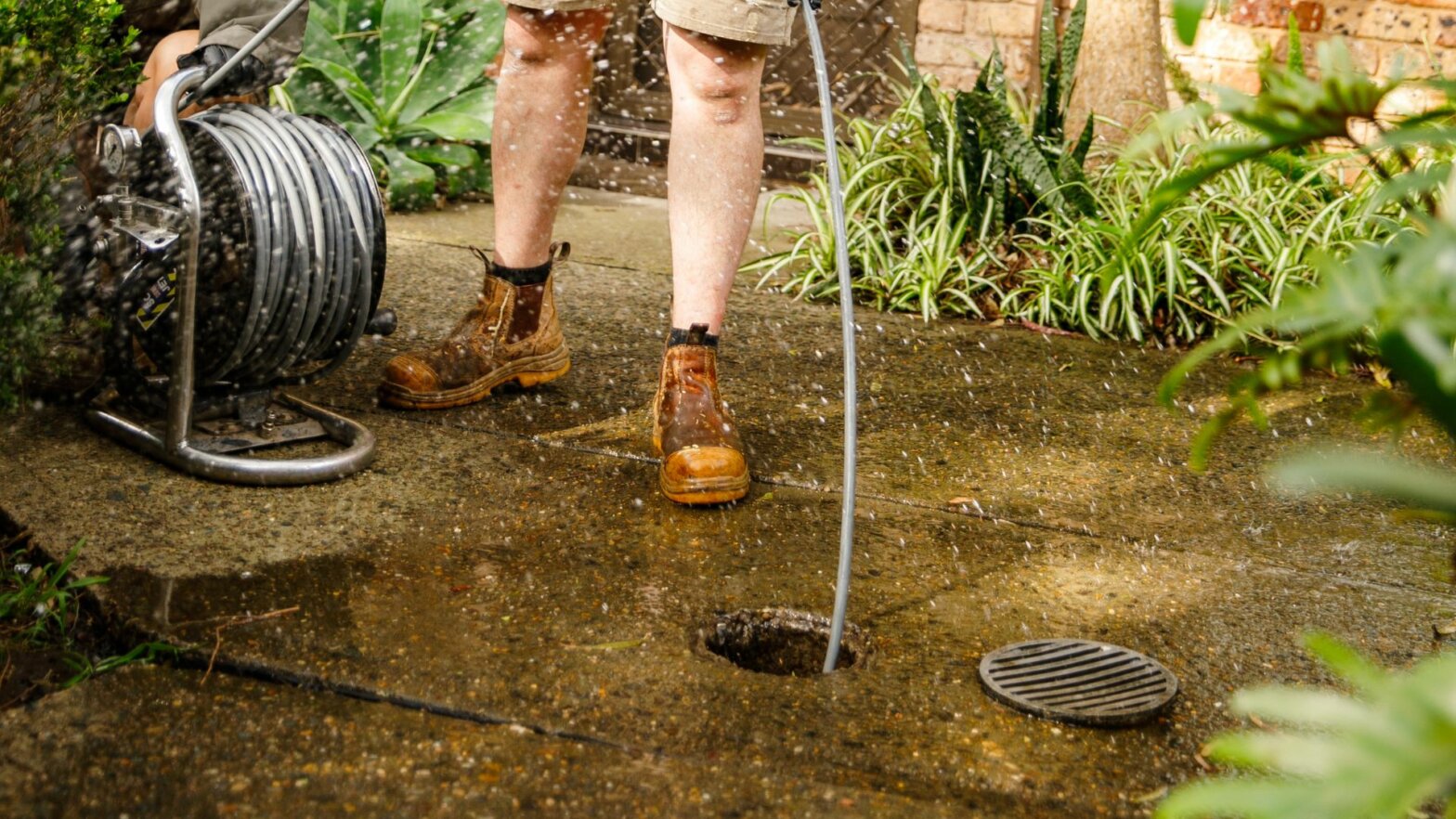If you’re experiencing a blocked drain, the following may sound familiar. Your shower is struggling to drain every time you bathe, and you end up standing in a foot full of water. Or perhaps your toilet is refusing to flush. Again.
No matter how new your home or how diligent you are with what you put in your sinks, at some point every Sydney homeowner will come up against a blocked drain. Blockages often occur at the worst possible time, when guests are staying, right before bed, or when you’re due to leave for the airport with no time to spare.
While it may be tempting to ignore signs of a blocked drain, the fact is, you need to deal with it, and quickly. Drain blockages can put your bathroom and kitchen out of use, overflow causes water damage to surrounding areas and stagnant water harbouring bacteria and attracting bugs can be a health hazard for both you and your family.
If you’re currently suffering from the headaches of a drain blockage, look no further. We’ve compiled a list of DIY plumbing solutions that you can use to unclog your drains and get your water flowing again. While these DIY methods will be effective in many cases, sometimes you have to throw in the (soggy towel) and realise it’s time to call the professionals. Let’s dive in and have a closer look at these commonly encountered plumbing problems and what you can do to protect your plumbing system.

Common Causes of Blocked Drains
While you never know when a blocked toilet or shower drain is going to hit, we do know the common things that are plugging up domestic plumbing systems. While it’s good to be aware of and minimise the flow of these materials into your pipes, at the end of the day, dealing with blocked drains is an inevitable part of being a property owner.
Common causes of blocked drains include:
- Grease and fat build-up: Remember the last time you left a dirty frying pan on the stove and came back to an inch of congealed grease? That is what is going down your drain and into your pipes every time you wash your grease-covered dishes. These fats then line your pipes with a sticky, gunky mess. Add to the mix some food scraps, coffee grinds or tea leaves, and you now have the perfect recipe for a blocked kitchen sink.
- Hair and soap scum: Key culprits of a bathroom drain clog, hair and soap scum that has built up in your pipes over time is largely unavoidable. Hair can form a net that stops drainage and clogs up the shower.
- Foreign objects: If you have children, you know this one all too well. Toys get ‘accidentally’ flushed down your toilets and voilà, you have a newly blocked toilet.
- Mineral build-up: When minerals like calcium build up in your pipes, it can cause constriction, slowing water flow and making it easier for other types of blockages to form. We often see this in areas with a hard water supply.
- Tree roots: Tree roots live in the same environment as your pipes, underground, and they naturally grow towards water, often finding their way into your pipework. It may surprise you, but tree roots are one major cause of blocked sewage systems in Sydney.

DIY Methods to Clear a Blocked Drain
So, you’ve got a blocked drain? Here are some DIY methods you can try.
- Boiling water: The boiling water method is exactly what it sounds like. Boil the kettle and pour the water straight down the sink. This method is particularly effective for the kitchen, where grease and fat are dissolved and flushed away by the hot liquid.
- Baking soda and vinegar: This drain cleaner alternative is an oldie but a goody. Start with the hot water method as above, then add half a cup of baking soda and let it sit for half an hour. Follow this with a cup of white vinegar and another kettle of boiling water and cover the drain hole with a plug to allow the mixture to work its magic.
- Plunger: Having a plunger on hand is a great backup option when you’ve got a clogged drain but can’t get hold of a plumber. You can pick up a good quality plunger at your local hardware store — they are easy to use and will often do the trick.
- Drain snake or wire hanger: Also known as a drain auger, a drain snake is a length of flexible wire that you feed into a pipe to poke at the blockage until it unclogs. This technique is a great way to clear a blocked drain without chemicals and works particularly well for stubborn clogs.
When to Call a Professional
While a DIY solution is great, knowing when to hand the problem to a professional plumber is vital. You know it’s time to call in the experts if you’ve tried the above alternatives and are yet to have success, or you’ve managed to unblock the offending pipe, but are experiencing recurring issues in the following areas:
- Recurring blockages: If the same drain is blocked over and over again, and water continues to back up, it’s likely the problem is deeper than the drain.
- Multiple drains clogged simultaneously: If multiple drains are clogging at the same time, consider it a cry for help from your pipe system. Multiple clogs are usually a sign that your drainage issue is more than surface deep and requires repairs that only an experienced plumber can provide.
- Persisting foul odours: If you’re experiencing ongoing odours, it likely means there is a deep issue or even a broken sewer line.

Advantages of Professional Services
In some cases, you may find debris, clogs or blockages have caused irreparable damage to your pipe system. In these instances, only professional blocked drain plumbing services will be able to fix the problem. Professional plumbing services ensure quality-controlled long-term solutions and can advise on the maintenance of different systems.
The Relining Company Can Help
If you’re experiencing recurring signs that there is something wrong with your pipes, it’s time to act. Blocked drains and unpleasant odours are a health hazard that needs immediate attention from a trusted plumbing company.
At The Relining Company, we specialise in trenchless pipe relining in Sydney. Our plumbers use advanced pipe relining technology to repair your broken sewer pipes without having to rip out your existing landscaping. We use CCTV to conduct a drain camera inspection before deep blockages are cleaned with high-pressure hydro jetting. Finally, your old pipe is fitted with our durable pipe liner and inspected for quality assurance.
Contact us for a free consultation to discuss your options today.
Back to Top